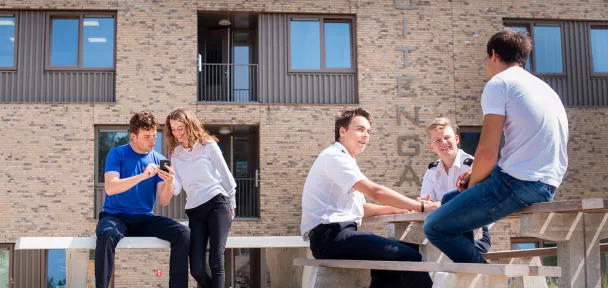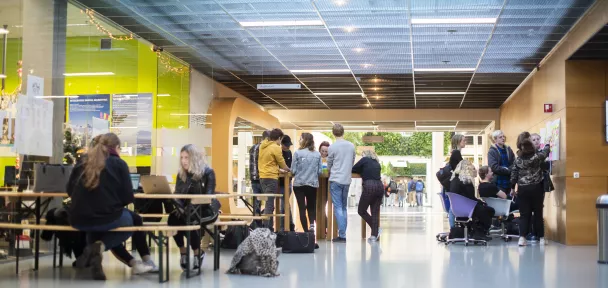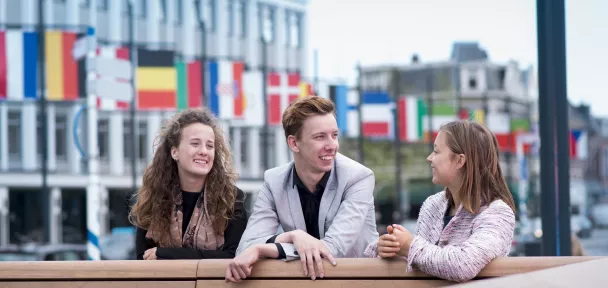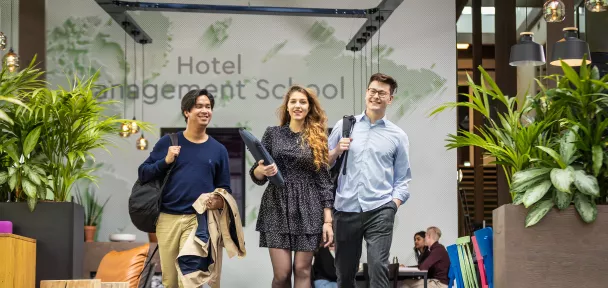
The Playing-2-gether project aims to improve the sensitivity of pedagogical staff and teachers in both the pre-school period/toddler class and in group 1 and 2/toddler class 2 and 3. The focus is on their interactions while playing with young children in the group or in the classroom.
What is the motivation for the project?
The daily practice of development and learning of young children in groups shows vulnerable young children who by their behaviour show that development and learning are complicated for them. This raises the question again and again: how do you build a quality professional-child relationship with young children (2-8 years) whose behaviour is challenging. Challenging behaviour is defined as behaviour that causes teachers to question their teaching practice and for which teachers have little self-confidence in dealing with (e.g. children disrupting the class, not connecting with the teacher). In this way, challenging behaviour is a threat to the quality of the teacher-child relationship (e.g. Doumen et al., 2008).
What issue does the project address?
Recent research has demonstrated the importance of pedagogical and teacher sensitivity for the current and later cognitive, behavioural and social-emotional development of young children (e.g. Hamre, Hatfield, Pianta, & Jamil, 2014; Spilled, Hughes, Wu, & Kwok, 2012). In addition, pedagogical and teacher sensitivity have been shown to have compensatory effects on the development of children at risk of developmental delays (e.g. Sabol & Pianta, 2012). In Belgium, an online Playing-2-gether course has demonstrated its positive effects on the sensitivity of Belgian education teachers (Vancraeyveldt et al., 2015). Playing-2-gether focuses on strengthening the relationship between the pedagogical staff member/teacher and the toddler by playing together with the child.
Project team
Six colleges from five countries participated in the project, namely Belgium (where the original Playing-2-gether was developed), the Netherlands, Slovakia, Greece, and Denmark. In this way, the project covered a wide variety of cultural and educational backgrounds in the pre-school education systems in Europe (see European Commission/EACEA/Eurydice/Eurostat, 2013, 2014). In each country (except Belgium) professional learning communities were started consisting of 2 teacher trainers, 10 teachers and 5 pre-school professionals attached to 5 college partners with a different population of young children. All these schools have in common that they want to build an inclusive classroom for all pre-schoolers, based on high quality teacher-child interactions.
Project approach
This project resulted in four products that make a significant contribution in terms of impact and transferability for the participating and non-participating European countries. First, interactive videos were developed on teacher sensitivity, qualitative video feedback, and inclusion (output 1). These serve as input for the professional learning communities. Second, the PLCs experimented with creating good practice videos on teacher-child relationships as a basis for inclusive preschool environments (output 2). Third, the adapted moovlys and good practice videos formed the basis of a Massive Open Online Course (MOOC) for teachers (in training) and preschool professionals (output 3). The MOOC is available in Dutch, Slovakian, Greek, Danish, English and French. Finally, the users of Playing-2-gether have been trained as coaches for other trainee teachers and pre-school professionals using the video feedback method. Therefore, a coaching manual (output 4) was distributed together with the MOOC.
Key results
This project produced four main products:
- Interactive videos
- Good practice videos
- A Massive Open Online Course for trainee teachers and pre-school professionals
- A coaching manual.






